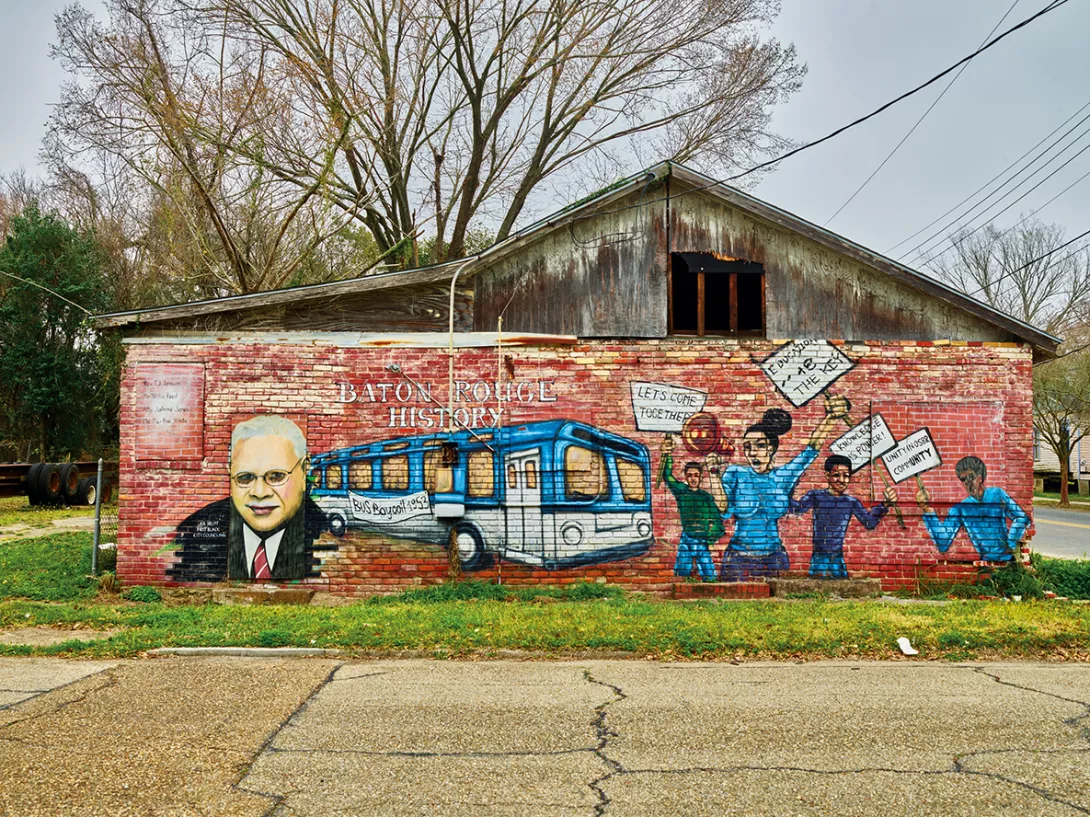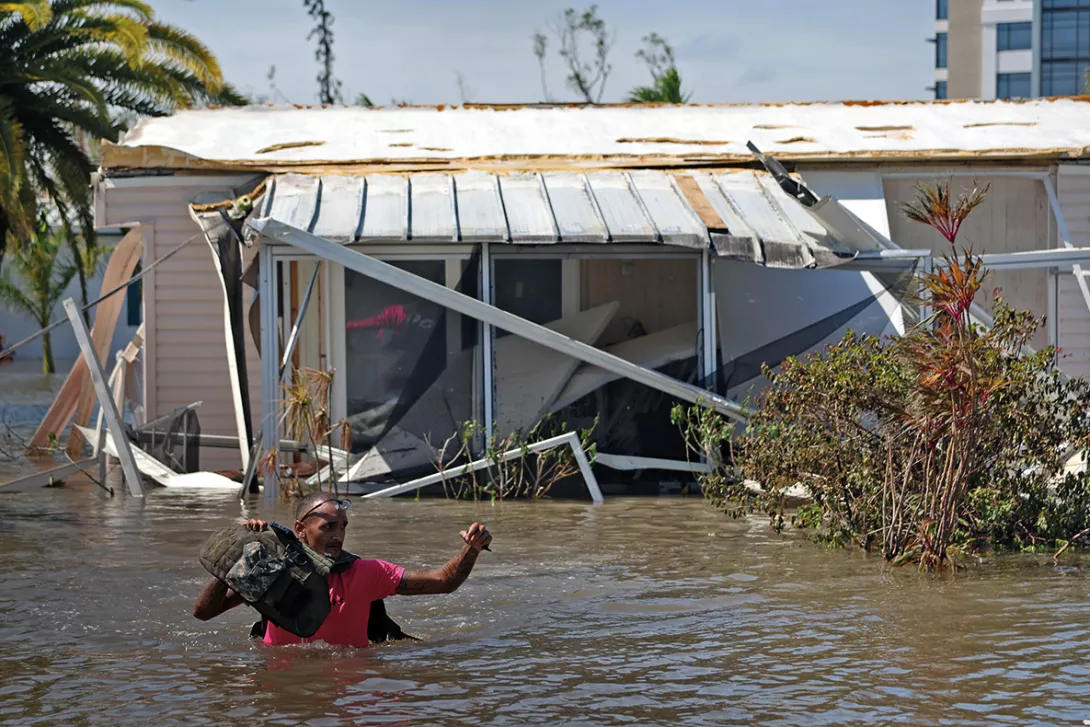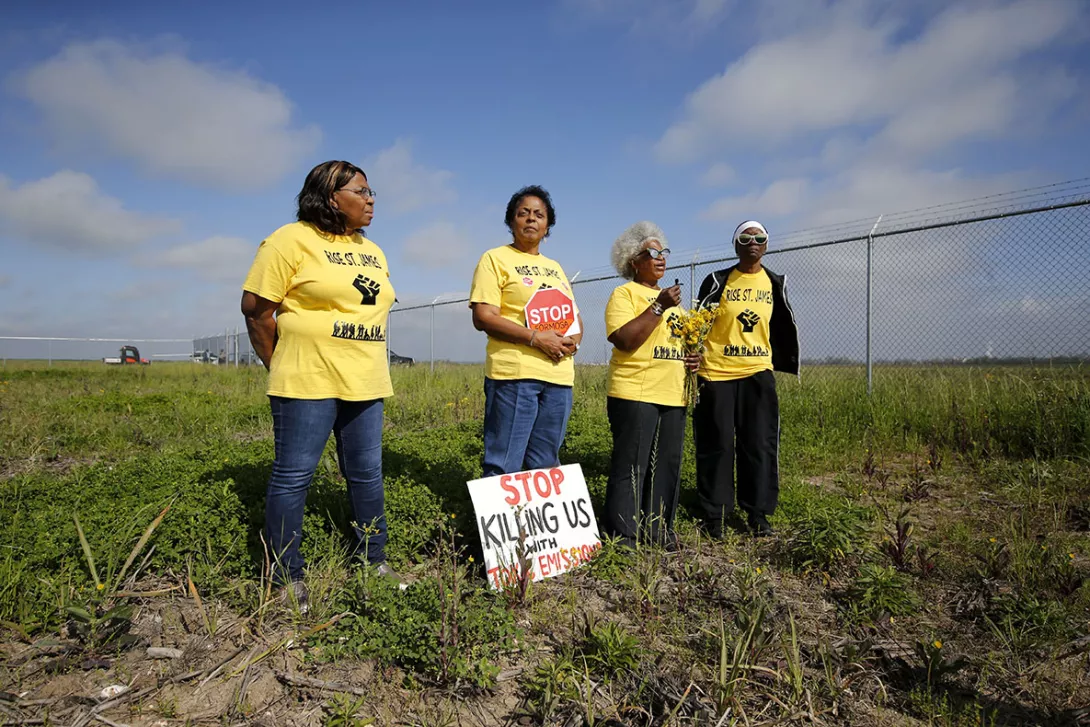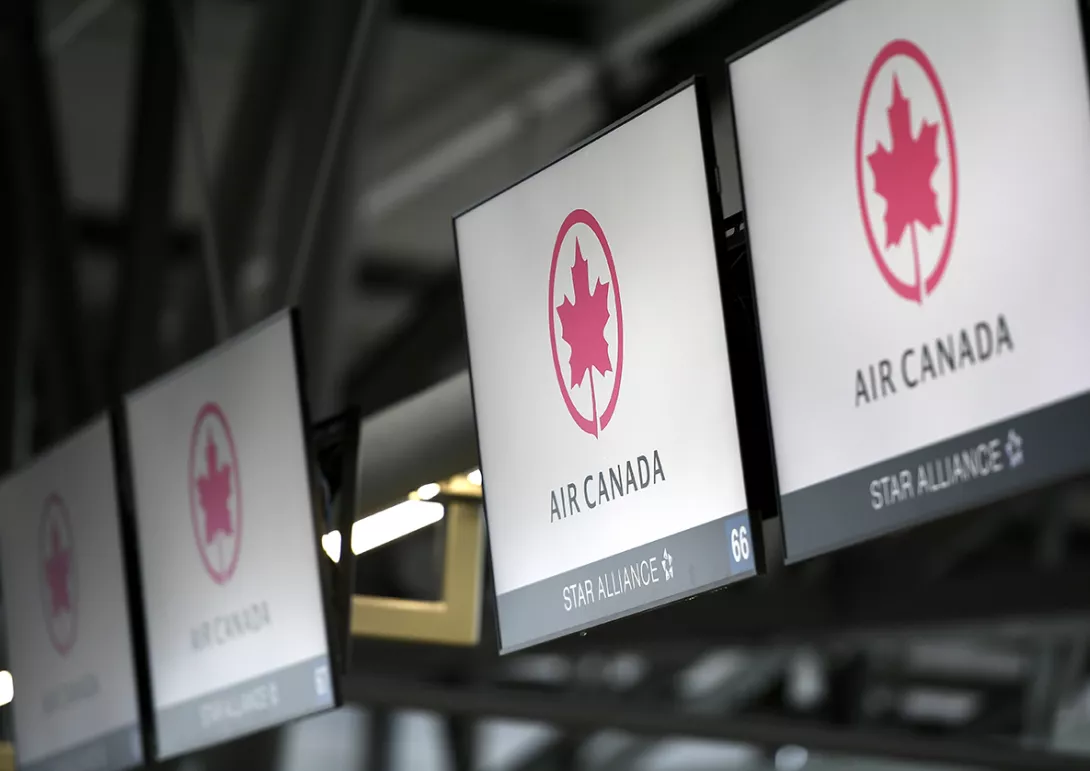
THE state Supreme Court in the southern US state of Louisiana, on April 26, gave the city of St George the right to secede from the larger capital city of Baton Rouge.
This has cleared the way for a group of wealthy white Baton Rouge residents to carve out a majority-white enclave of the largely black city — recalling the history in the US of segregation and white flight.
Wealthy, white residents of Baton Rouge have been trying to secede from the rest of the city in some shape or form for over a decade. In 2012, a group of parents went to the state legislature to propose the creation of a separate school district which they called the Southeast Community School District. This effort failed, but the following year they tried once again and also failed.
















